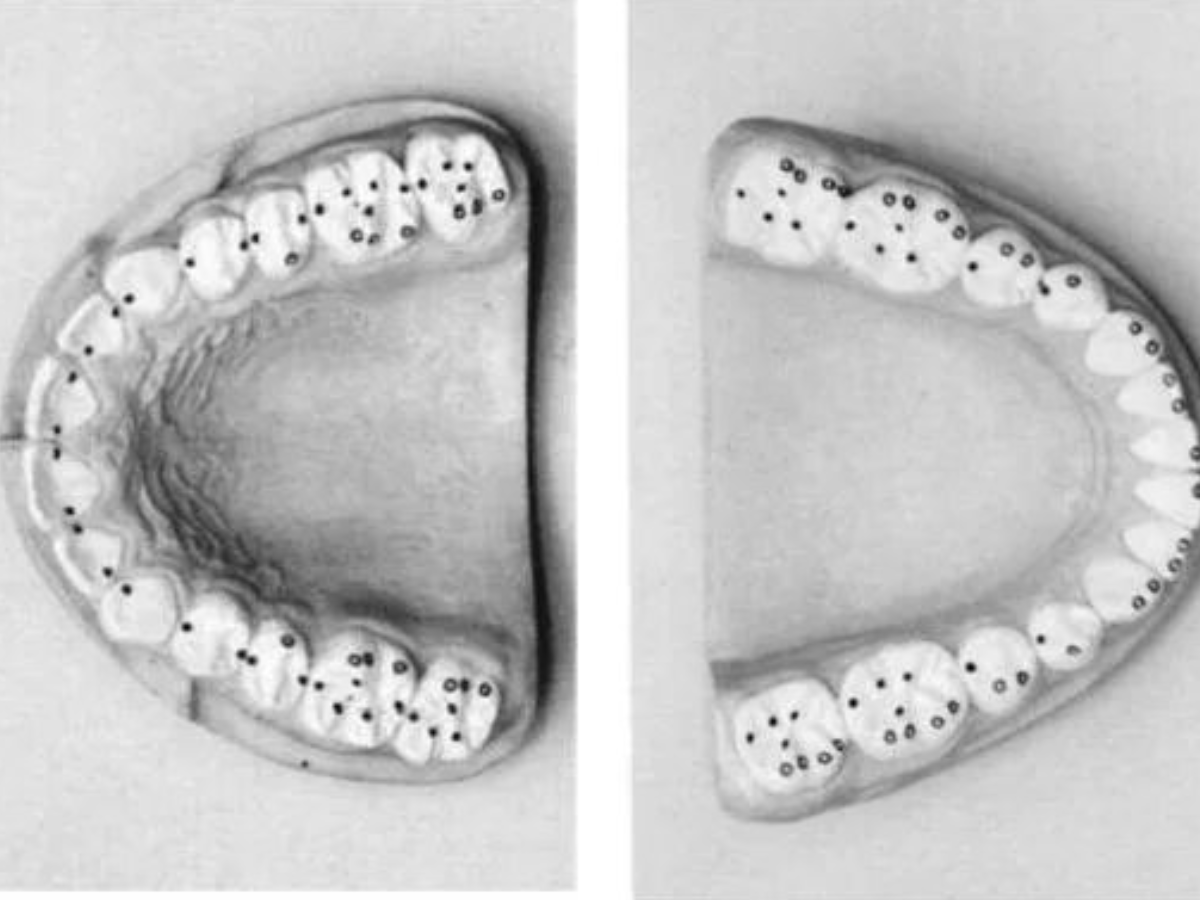Non-Surgical Procedures
Non-Surgical Procedures
Many times, the early stages of periodontal disease are best treated with non-surgical periodontal therapy. Even in severe cases, non-surgical periodontal therapy often precedes surgical treatment. This is done to improve the overall tissue quality prior to surgery and also to help limit the areas requiring surgery.


Scaling & Root Planing
The initial stage of treatment is usually a thorough cleaning that includes scaling to remove plaque and tartar deposits beneath the gum line and the tooth roots may also be planed to smooth the root surface allowing the gum tissue to heal and reattach to the tooth.
We have also adopted the use of Laser therapy in conjunction with the Periodontal Scaling and root planing treatment. In doing so, the need for Osseous surgery has significantly decreased for most our patients.
Antibiotic or irrigation with anti-microbials (chemical agents or mouth rinses) may be recommended to help control the growth of bacteria that create toxins and cause periodontitis.
Sometimes after dental treatment, teeth are sensitive to hot and cold. This should not last long, but only if the mouth is kept clean. If the mouth is not kept clean the sensitivity will remain and could become more severe.
If your teeth are especially sensitive consult with your doctor, medicated toothpastes or mouth rinses could be prescribed to help reduce sensitivity.
Trigeminal Neuralgia
Trigeminal Neuralgia is a disorder of the sensory nucleus of the trigeminal nerve producing bouts of severe pain in the distribution of one or more divisions, most often in superior mandibular or maxillary. The cause is unknown. It is most common in older patients. The pain is often set off by touching a trigger point or by activity such as chewing or brushing the teeth. Pain is intense, and although each bout can be brief, successive bouts may incapacitate the patient.
Alcohol injections have been used to treat this disorder with much success. The alcohol is injected into the nerve, causing it to atrophy.


Occlusal Adjustment
A bite is considered to be healthy when all or most of the teeth are present and not destroyed by normal daily usage. It is destructive when teeth show wear, looseness or when TMJ (jaw joint) damage is seen. Bite therapy helps restore a bite that can function without damage and destruction.
The therapy may include:
• Reshaping the biting surfaces of the teeth and eliminating spots of excessive pressures where the teeth are brought into contact. This is done by carefully dividing bite pressures evenly across all of the teeth.
• Bite splint therapy using a custom fitted and adjusted plastic bite guard to keep the teeth apart, day, night or both.
• Braces, to reposition mal-aligned or drifted teeth.
• Replacement of old, worn out or damaged fillings.
• Reconstruction of badly worn and damaged teeth.


